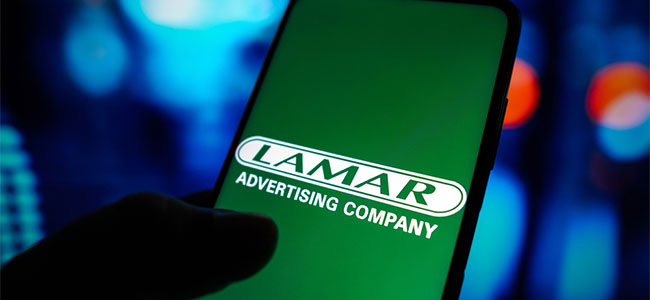
At the Safety+ Symposium's OSHA Mega Session, Deputy Assistant Secretary Jim Frederick unveiled OSHA's initiatives and recognized Robert Simmons with the 2023 National SGE of the Year Award among other safety advocates.

The VPPPA's Safety+ Symposium concluded at the Orlando World Center Marriott, encompassing over 50 workshops, an expo, and special events like the Kennedy Space Tour and golf tournament. The symposium brought together safety professionals for key insights and networking opportunities.

Cedar Head LLC faces $41,303 in penalties following the tragic incident.

The partnership will focus on issues specific to outdoor advertising.

Using tablet-based audiometers in occupational hearing tests can enhance OSHA compliance, optimize convenience, harness real-time noise monitoring, and offer increased data security.

When employees come forward to report misconduct or unethical behavior within their organization, they are known as whistleblowers.

The "Respond Ready Workplace" program addresses workplace overdose deaths.

The presentation focused on non-conventional approaches to near-miss programs.

The annual event offers a combination of networking and educational events.

The grant aims to enhance inclusive workplaces for people with disabilities.